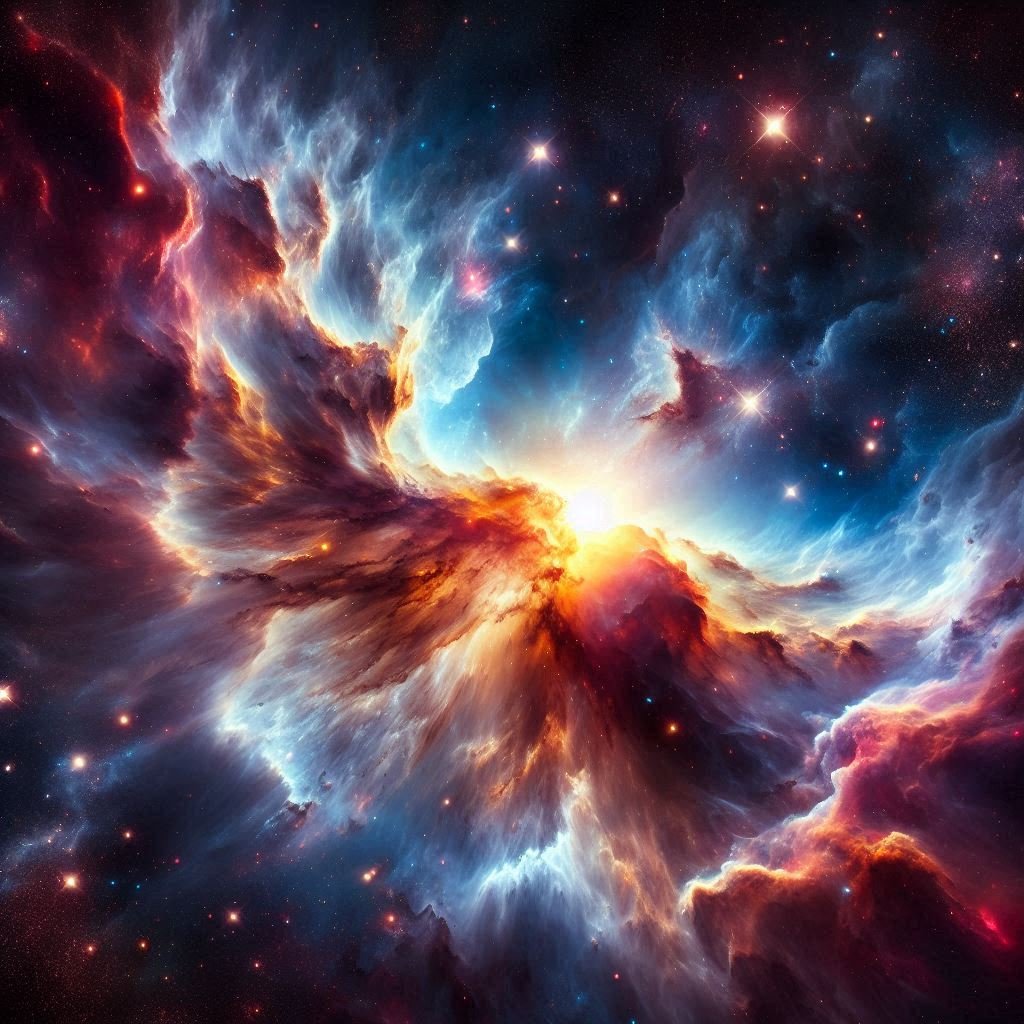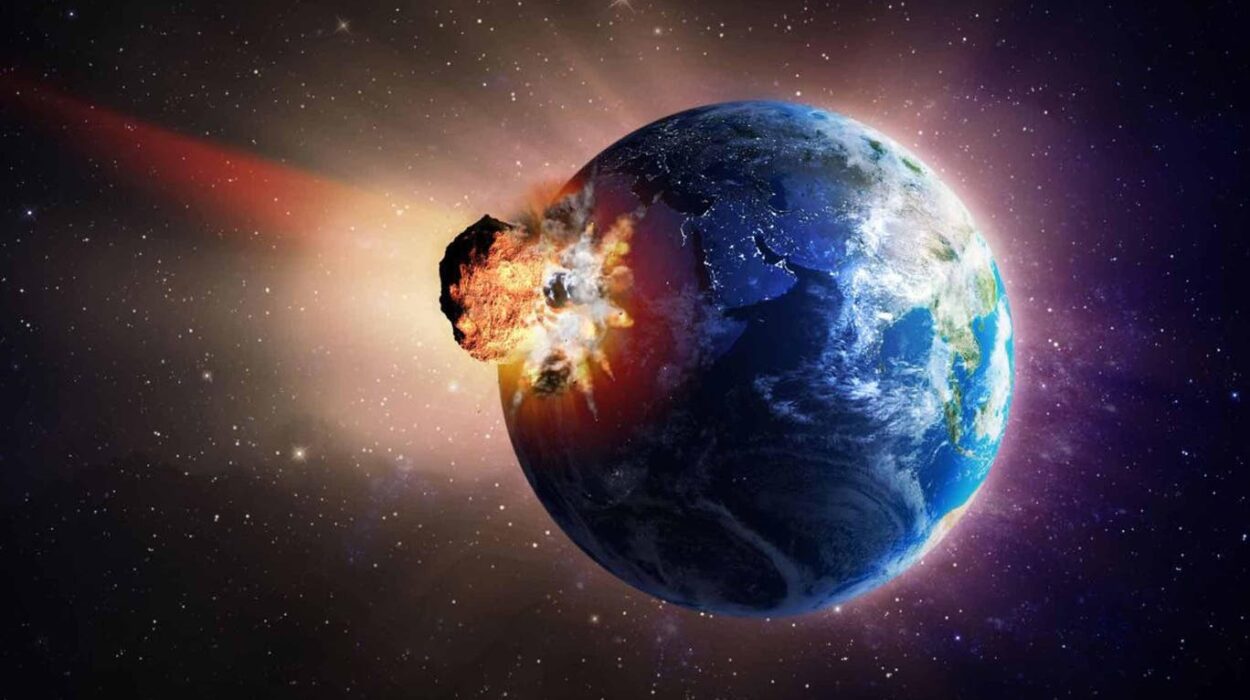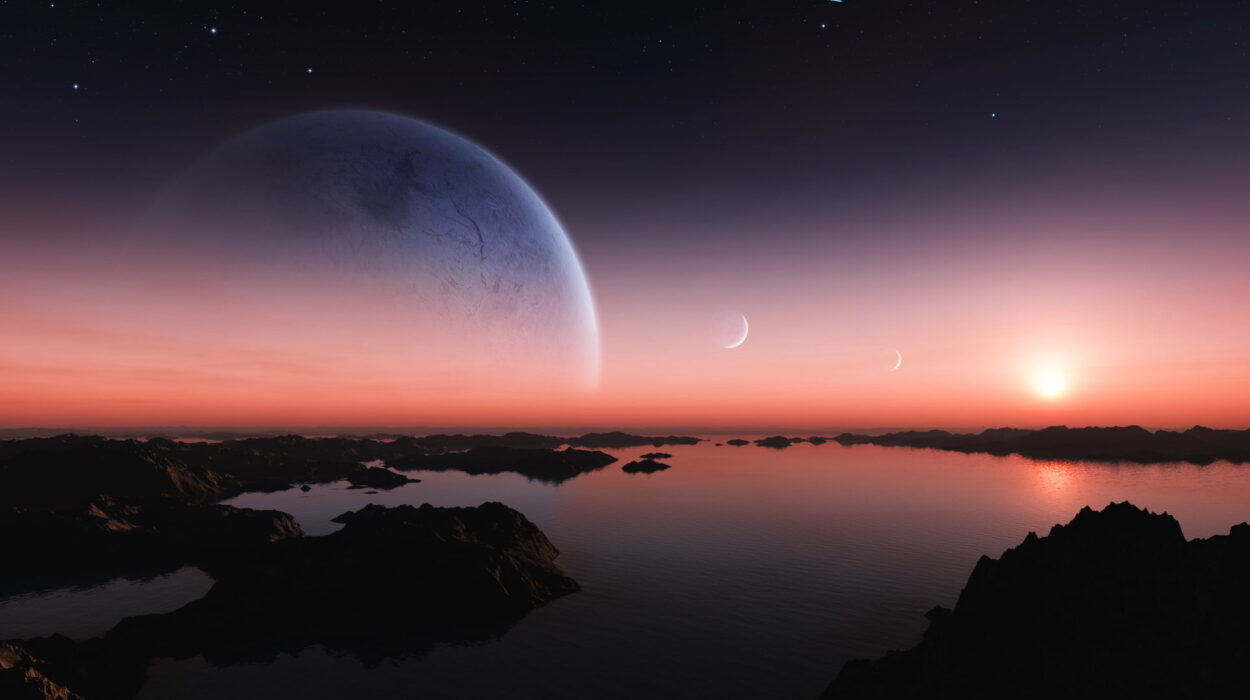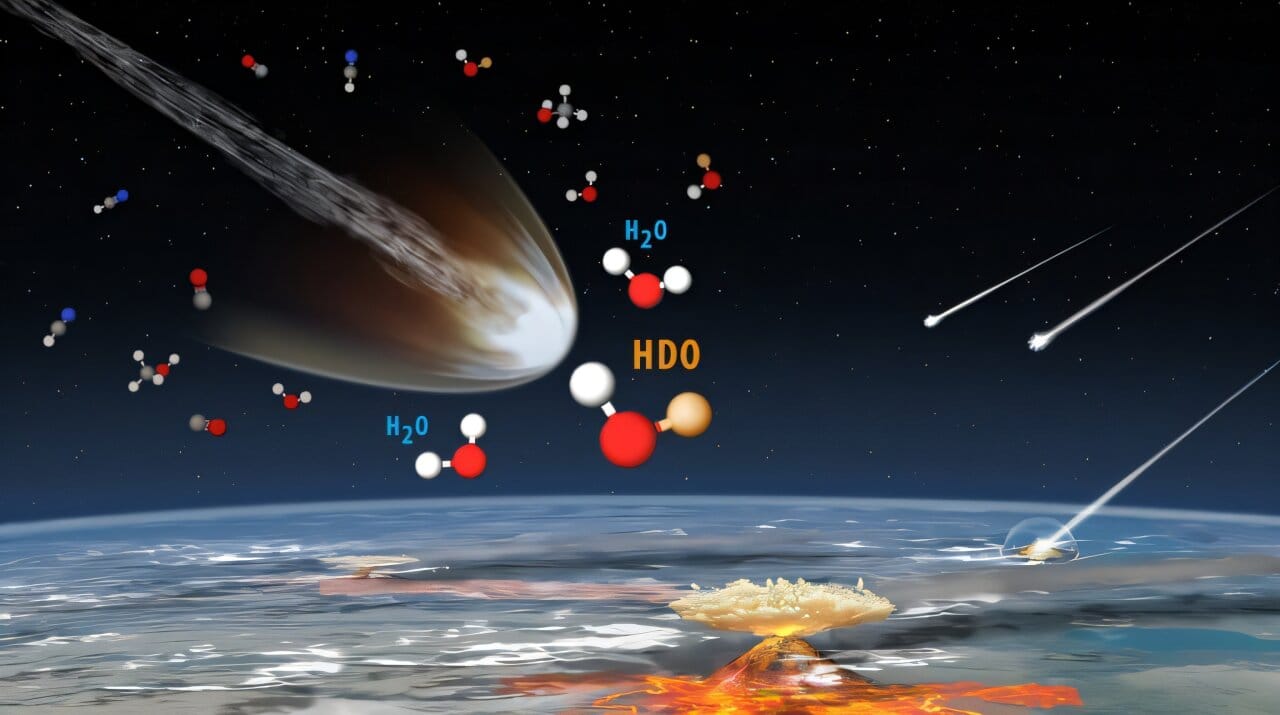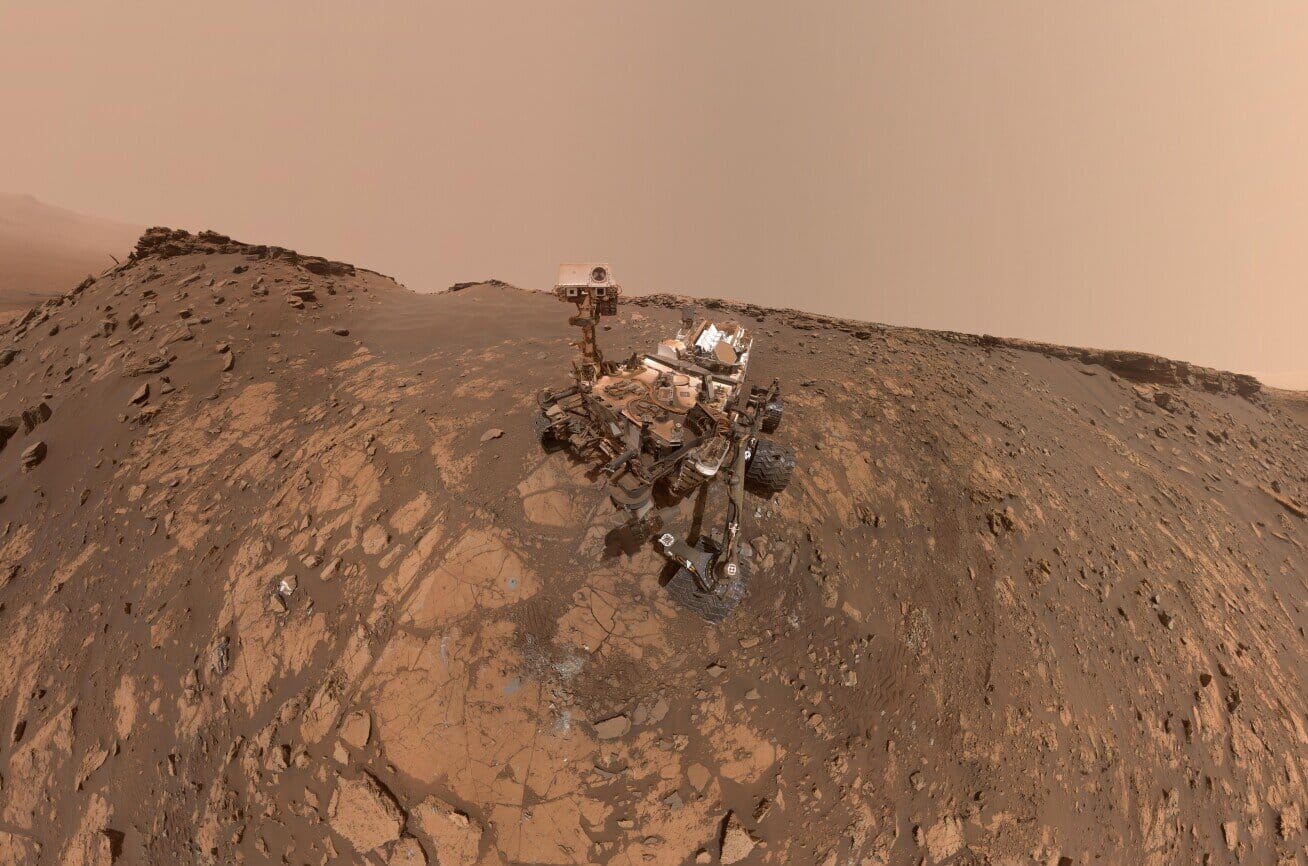Look up on a clear night. Beyond the pinpricks of starlight lies a universe in motion—a vast, cosmic theater where stars are born, live their luminous lives, and eventually die in spectacular displays of power and beauty. But where does a star’s story begin? Not in the fiery hearts we see twinkling from Earth, but in dark, mysterious clouds far beyond the reach of even the most powerful human eyes.
These are stellar nurseries, enormous regions of gas and dust scattered throughout galaxies, where the raw ingredients of the cosmos gather, collapse, and ignite into stars. These cradles of creation are among the most beautiful and dynamic regions of space, and they offer us a glimpse into the forces that shaped not only our Sun but every star that dots the night sky.
Welcome to the stellar nursery—the womb of the universe.
The Great Cosmic Clouds
Before a star can shine, it must be born. And its birthplace is always the same: a vast, cold cloud of gas and dust, known as a molecular cloud. These clouds are not the thin wisps of fog you might picture; they are gargantuan structures, often spanning dozens, hundreds, or even thousands of light-years.
Inside these cold clouds, temperatures can drop to just a few dozen degrees above absolute zero (-273°C). Despite their size, they are tenuous—far emptier than any vacuum humans can create on Earth. But in their cold depths lies a quiet promise: hydrogen atoms, dust grains, and trace molecules drifting together under the pull of gravity.
The Ingredients of Stars
The vast majority of material in these clouds is hydrogen, the simplest and most abundant element in the universe. It’s this hydrogen gas—along with helium and small amounts of heavier elements—that provides the fuel for stars to ignite.
Some of these clouds are relatively quiet. Others, like the Orion Molecular Cloud Complex, are bustling with activity—places where new stars are forming even as we observe them.
Gravity Takes Hold
In the beginning, these molecular clouds are stable. Gravity is balanced by the internal pressure of the gas, preventing the cloud from collapsing under its own weight. But sometimes, something disrupts that delicate balance. It might be a shockwave from a nearby supernova, the collision of two clouds, or spiral arms in a galaxy compressing the gas as they spin.
Once triggered, gravity begins to take over.
Fragmentation and Collapse
Gravity pulls regions of the cloud into denser clumps. These clumps fragment into smaller and smaller pieces, forming dense cores. Within each of these cores, gravity causes gas and dust to spiral inward, becoming ever denser and hotter.
These protostellar cores are the seeds of stars. As they collapse, they form accretion disks around a growing mass at the center—the protostar. It’s here that the balance begins to tip toward something miraculous.
Protostars—The Embryos of Suns
A protostar is not yet a star, but it’s on its way. As matter continues to fall inward, the protostar grows in mass. Deep within its heart, temperatures rise as gravitational energy is converted into heat. Over time, the core becomes hot enough for nuclear fusion to begin—but we’re not there quite yet.
From Darkness to Light
Early in its life, a protostar is shrouded by the dense cloud of gas and dust around it. It’s invisible to optical telescopes, but it can be seen in infrared and radio wavelengths, where it glows faintly. Jets of material can erupt from its poles, driven by magnetic fields, creating beautiful structures known as Herbig-Haro objects.
These newborn stars are still gathering mass, still growing. The dance between gravity pulling inward and pressure pushing outward has not yet found equilibrium.
When the core temperature finally hits 10 million degrees Celsius, nuclear fusion ignites. Hydrogen atoms begin fusing into helium, releasing tremendous energy. The protostar becomes a main sequence star, and a new sun is born.
Birthplaces in Detail—The Orion Nebula and Others
Some stellar nurseries are famous, even visible to amateur astronomers from Earth. Perhaps the most celebrated is the Orion Nebula, located about 1,350 light-years away in the sword of the constellation Orion.
The Orion Nebula
Through binoculars or a small telescope, the Orion Nebula appears as a glowing, misty patch of light. In reality, it’s a massive stellar nursery where stars are being born right now. Inside its bright clouds lies a young open star cluster known as the Trapezium, four blazing stars whose light illuminates the surrounding gas and dust.
The Orion Nebula is only the tip of the iceberg. It’s part of a much larger structure known as the Orion Molecular Cloud Complex, a region teeming with the raw material for star formation.
Other Famous Nurseries
- The Eagle Nebula, home to the Pillars of Creation, showcases towering columns of gas and dust where stars are forming.
- The Carina Nebula, where massive stars are being born—and dying—in spectacular fashion.
- The Tarantula Nebula in the Large Magellanic Cloud, one of the most active star-forming regions in our galactic neighborhood.
Each of these regions offers a stunning glimpse into the birth of stars and the violent, beautiful processes that shape the universe.
Star Clusters—Families of Light
Stars rarely form alone. Most are born in clusters, groups ranging from a few dozen to thousands of stars that form together from the same cloud of gas and dust.
Open Clusters and Stellar Associations
Young stars born from the same cloud often remain loosely bound in open clusters for millions of years. Over time, gravitational interactions and the pull of the galaxy scatter them into space. The Pleiades, also known as the Seven Sisters, is a famous example of an open cluster.
Some clusters are stellar associations, even more loosely bound groups of young stars that eventually drift apart completely.
Massive Stars and Stellar Feedback
The most massive stars in these clusters live fast and die young. They burn through their nuclear fuel in a few million years and often end their lives in supernova explosions. These cataclysmic events send shockwaves through the surrounding region, triggering new rounds of star formation in nearby clouds—a cycle of birth and death that perpetuates the life of the galaxy.
Star Formation and the Lifecycle of Galaxies
Star formation isn’t just about individual stars—it shapes entire galaxies. Spiral galaxies like the Milky Way are rich in star-forming regions, particularly along their spiral arms. Elliptical galaxies, by contrast, are largely devoid of gas and dust, and star formation there has mostly ceased.
Galactic Nurseries
In starburst galaxies, star formation happens on an enormous scale. Entire regions of these galaxies blaze with new stars, often triggered by galactic collisions or interactions.
But star formation uses up gas and dust. As galaxies age, they often run out of raw material, and star birth slows or stops altogether. Our own Milky Way still has billions of years of star-forming activity ahead—but eventually, even our galaxy will go dark.
The Birth of Planetary Systems
As stars form, so too do planets. The accretion disk around a young star contains not only gas but also dust grains that collide and stick together. Over time, these grains form planetesimals, which can grow into planets, moons, asteroids, and comets.
Protoplanetary Disks
Astronomers have observed protoplanetary disks around young stars using telescopes like ALMA and the Hubble Space Telescope. These disks often show gaps and rings, signs that planets are already forming and clearing out paths in the disk.
Our own solar system likely formed in such an environment, perhaps in a cluster similar to the ones we see in the Orion Nebula today.
Stellar Nurseries and the Search for Life
The discovery of exoplanets—planets around other stars—has opened a new frontier in the search for life. Many of these planets form in the same environments where stars are born.
The Role of Stellar Nurseries in Life’s Story
The heavy elements essential to life—carbon, oxygen, nitrogen, phosphorus—are forged in stars and scattered into space by supernovae. These elements become part of the gas and dust in molecular clouds, the building blocks of new stars and planets.
Each generation of stars enriches the galaxy with the elements needed for life. In this way, stellar nurseries are not only the cradles of stars but also the nurseries of life itself.
Seeing Stellar Nurseries Up Close
Modern astronomy has given us unprecedented views of stellar nurseries.
Space Telescopes and Observatories
- Hubble Space Telescope provided iconic images of the Pillars of Creation and countless other star-forming regions.
- ALMA (Atacama Large Millimeter/submillimeter Array) lets us see the cold dust and gas in molecular clouds with incredible precision.
- The James Webb Space Telescope (JWST), with its powerful infrared instruments, peels back the layers of dust to reveal stars in their earliest stages of life.
With these tools, humanity is watching stars being born in real-time—something unthinkable just a few decades ago.
The Eternal Cycle
Stars are born. They live. They die. And in dying, they give birth to new generations. This eternal cycle of creation and destruction plays out in stellar nurseries across the universe.
Some of the atoms in your body were forged in the heart of a star billions of years ago. Some of the carbon you breathe, the calcium in your bones, the iron in your blood—they all came from ancient stars that died so that others, including our Sun, could be born.
When you look up at the night sky and see the faint glow of a distant nebula, you’re seeing a place where stars and, perhaps, future life, are being born. These stellar nurseries are not just distant astronomical objects—they are part of our story, our past, and perhaps our future.
Epilogue: Cradles of the Cosmos
The universe is an endless expanse of time and space, of creation and destruction. Stellar nurseries are where it all begins—the cradles that birth the light of the cosmos. They are the great wombs of the galaxy, silent but ceaseless, where hydrogen atoms find purpose in becoming something greater.
They are where suns awaken, where worlds take shape, and where the seeds of life are scattered across the universe.
And as we learn to look deeper into these nurseries, we are not just watching stars being born.
We are finding the roots of our own existence.
